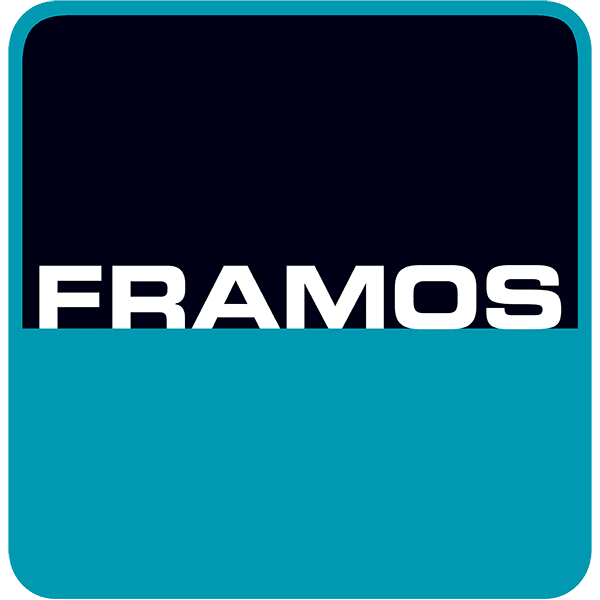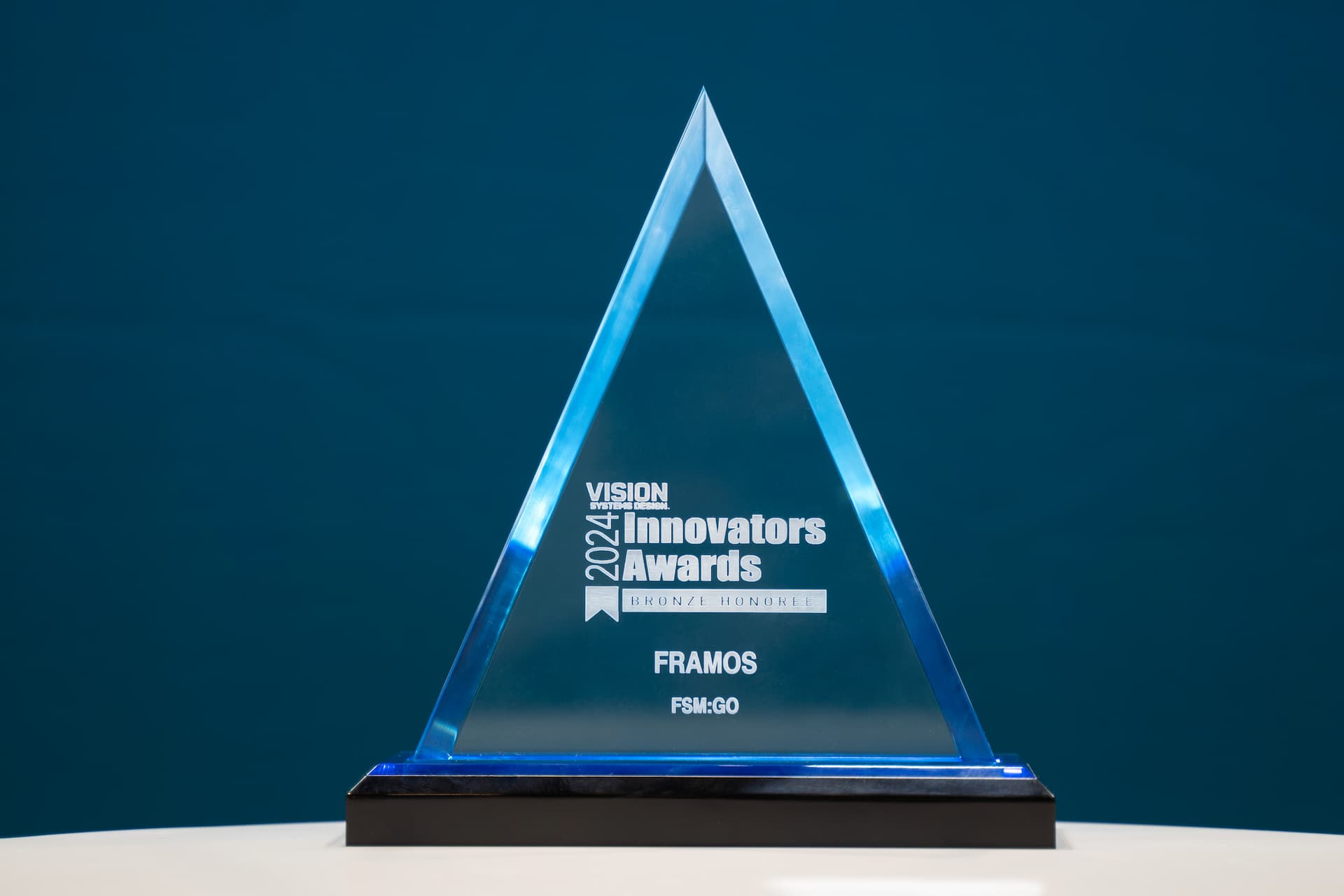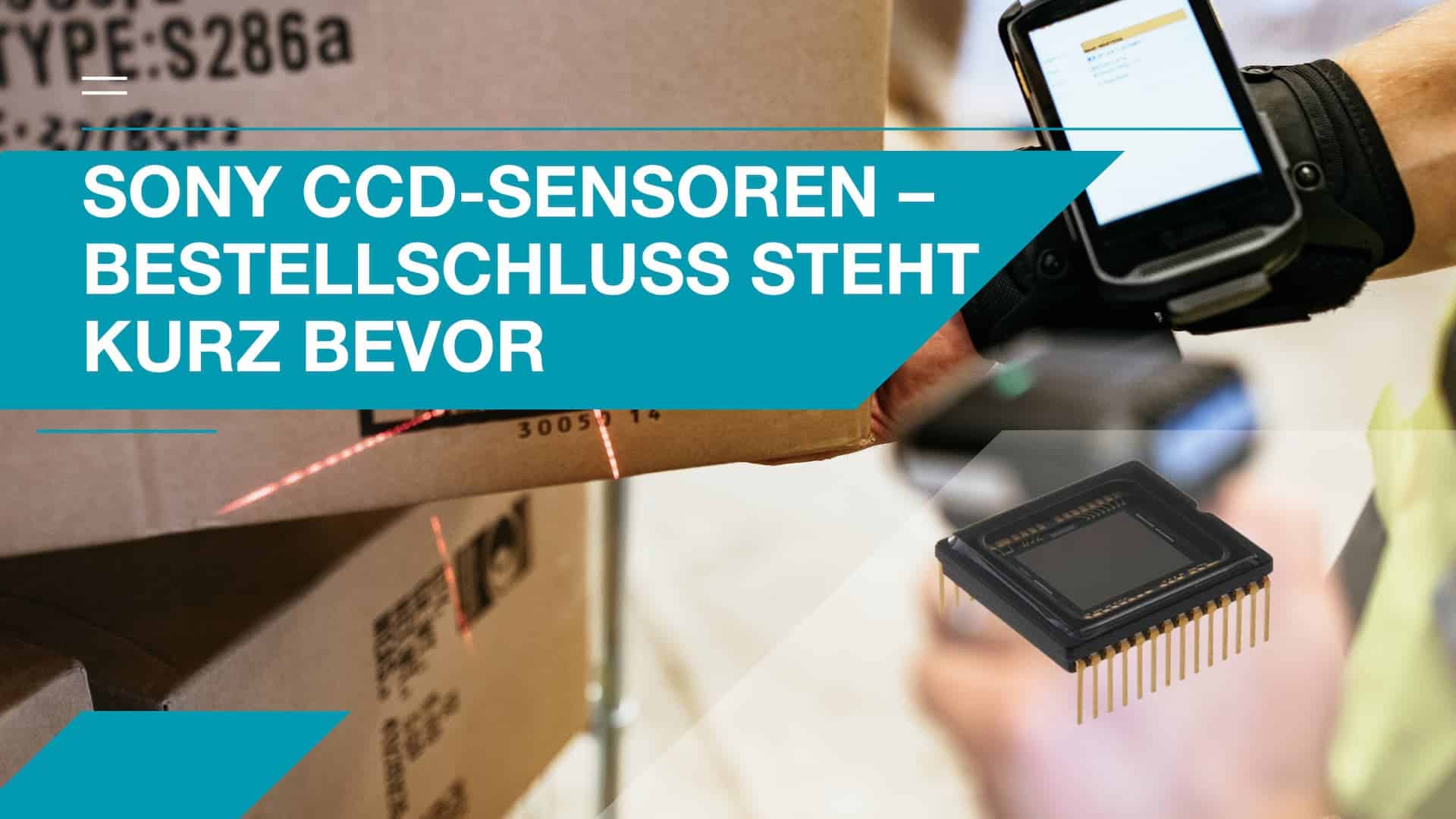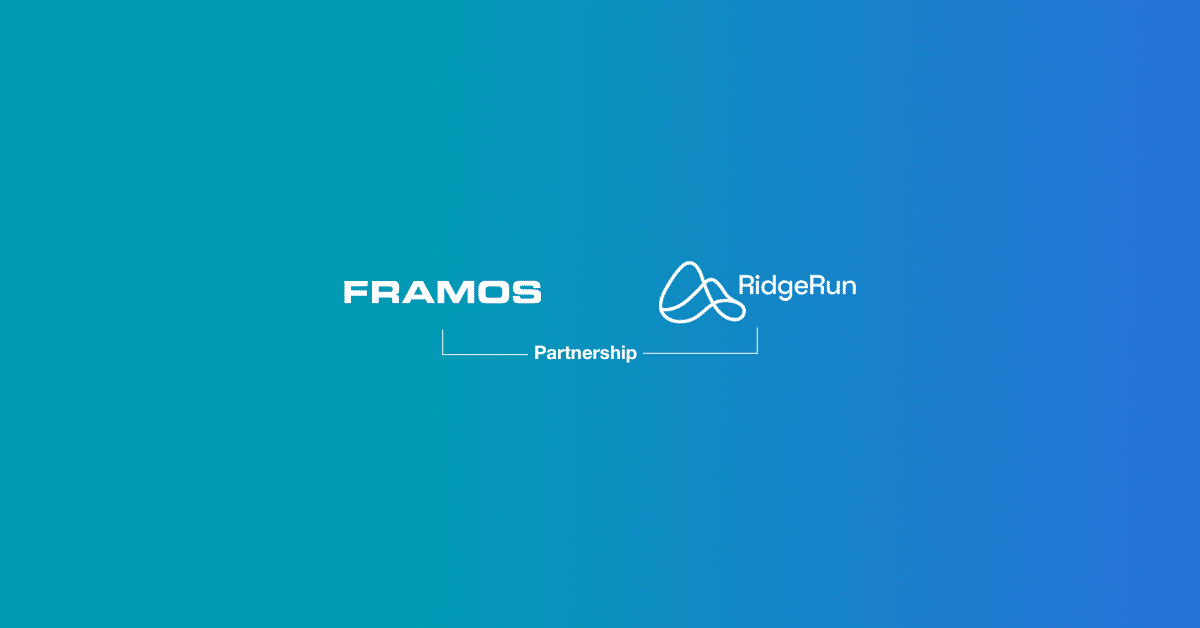An Interview with Okan Ülgen – Technical Image Specialist at FRAMOS GMBH
In order to better understand some of the more technical aspects of the products and services FRAMOS provides, our marketing team has been conducting interviews with our technical experts. This month, our Social Media and PR Manager, Zala Škrgulja Eder took some time to sit down with Okan Ülgen – a Technical Imaging Specialist at FRAMOS – to talk about lenses and optics. Their conversation touched on Okan’s role at FRAMOS, the optics segment in the world of embedded vision, and some of the challenges faced by customers.
Zala: Hi Okan, it’s great to be able to talk with you today. Could you start out by telling us a little about yourself and your role here at FRAMOS?
Hi Zala. It’s great to talk with you too. I work on the Framos Technical Solutions & Support team as a Technical Imaging Specialist. While I’m still relatively new in my role, I bring a perspective from my engineering and academic background. From developing optics knowledge and advising on optics selection to checking quality standards based on test results, I work on a range of tasks.
We talk a lot about selecting the “right” lens for an application. Can you explain why this is so important?
Sure. The right lens is key to getting the most out of the image sensor. It’s not enough to just mount the lens onto the camera; the whole setup needs to be fine-tuned for maximum image quality. A well-chosen lens will let the image sensor perform to its fullest potential, and let you capture every important detail with no information lost.
There are a lot of articles and videos about this topic, and it seems like selecting a lens presents difficulty for a lot of people. Why is choosing the right lens such a complex task?
It’s because the imaging system, the needs of the application, and the surrounding conditions must all be known in order to choose the best lens. There are a lot of different types of lenses on the market, such as wide-angle, zoom, and prime lenses, and it can be hard to figure out which one is going to suit your application best.
On the one side, we have imaging system needs and, on the other, we have application requirements. When picking a lens, all of these things must be taken into account together for the best results. It’s like putting together a puzzle, where each bit is important to the whole.
What factors should one consider when choosing a lens?
To start with, the size and resolution of your image sensor are very important, as we want a lens that fits well with the sensor. You’ll also want to think about the field of view you want and the working distance. The aperture size is also important because it affects the depth of field and the amount of light you can capture.
Aberrations and spectral response are sometimes overlooked but these can indeed have important effects on the clarity of your images. And finally, it’s important to make sure that the lens can be used with a proper lens mount so that the scene can be properly focused on the image sensor.
Can you elaborate on these factors a bit more?
Sure! The first thing to consider is the image sensor size because ideally we should illuminate entire effective pixel area of the image sensor for image generation with proper color correction. Then, we must consider the sensor pixel size and resolution.
As CMOS manufacturing techniques advance, pixel sizes decrease, placing more and more strain on the lens as the limiting factor in how finely details can be resolved. I should say it is not always easy to match sensors’ sampling rate due to optical diffraction, aberrations and manufacturing issues, but ideally, we should look for a lens that can project the smallest feature from the object space to an area corresponding to two pixels on the image sensor.
What are the object-space factors to consider?
To begin with, the field of view and working distance are critical in determining the focal length that will produce the desired result. This will be determined by the application settings. We need a shorter focal length to increase field of view, but keep in mind that a wide field of view will likely introduce distortion into our image.
Second, aperture size has a significant impact on image quality because it affects depth of field and resolution. In low-light situations, a wider aperture allows more light into the camera, resulting in better exposure and less noise.
How can FRAMOS Optics expert help with this selection process?
FRAMOS Optics experts can definitely be your go-to partner that can share over four decades of experience in vision solutions and a wealth of optics knowledge. We will offer products from our ecosystem designed to seamlessly integrate with one another, ensuring that you achieve the desired imaging quality.
We go a step further, as we have advanced lens testing capabilities in our production line, ensuring that the lens we recommend will perform to the highest standards. So, whether you want to improve your industrial automation or implement machine vision in your medical equipment, we’re able to help out.
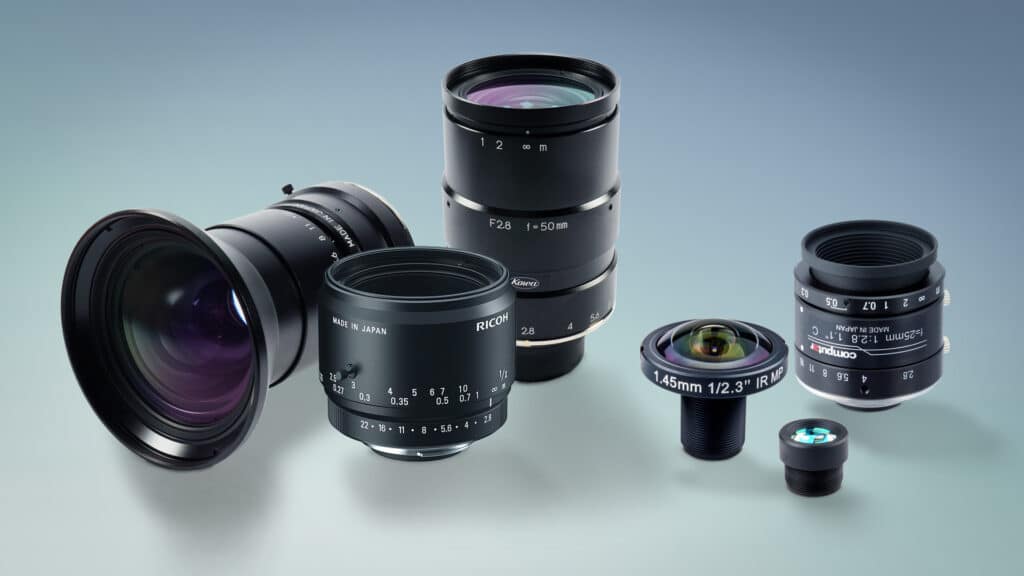
What sort of technical data can people look for that would be useful in lens selection?
The datasheet specifications that manufacturers publish are certainly useful in selecting a lens, but there is so much more to consider. You’ll need to delve deeper into the design data and test results to understand the performance in practice.
For example, the modulation transfer function and aberration curves can reveal a lot about how a lens performs across its entire field of view, which is especially important when working with large-format sensors.
We also shouldn’t forget about environmental reliability! This is frequently reported separately based on some industry standards, and it is critical if you are setting up a camera system to work in harsh conditions. We’ll get the data to you swiftly and provide detailed analyses and consultation to ensure you get the best lens for your needs – no need to send several inquiries to vendors overseas.
The events of the past couple of years have really led people to take a hard look at their supply chain. What are some supply chain challenges that might affect a vision project?
Supply chain issues can have a significant impact on the success of a vision project, and as a technical imaging expert, I can tell you that producing high-volume lenses requires complex testing mechanisms to ensure quality consistency. Any unplanned production yield issues can cause delays and put the entire project at risk.
Transporting optical components is also difficult and requires special packaging and shipping methods to deliver everything on time and without damage.
Manufacturing and shipping disruptions can lead to significant delays and difficulties, and it is possible that lens materials fluctuate in price and availability. This might increase production costs and delays, but open communication helps resolve supply chain issues and ensures that project timelines and deliverables are met.
How can supply chain problems be avoided?
A smooth supply chain is essential for delivering high-quality products to our customers. FRAMOS values supplier relationships, timely communication, and collaboration. We collaborate with a diverse set of suppliers so that we offer a large portfolio of optics. Our team communicates with the suppliers on a regular basis to stay up to date on their latest product offerings and any potential issues that may arise.
In addition, when needed, our suppliers offer RMA support and additional technical documentation. A structured process and open communication can help us avoid supply chain issues and deliver the best products to our customers.
What are the challenges your customers see most frequently in terms of price matching?
We want to make sure that our customers are getting the best value for their money without sacrificing performance or reliability. I understand that customers may have trouble finding vendors who are willing to match the prices of competitors, which can make it hard to maintain a target budget.
As a technical imaging expert, I collaborate with our Sales team to help customers navigate these challenges by providing clear and transparent pricing and technical information. We offer guidance and advice on how to balance cost and quality to achieve the best possible results.
Sensor technology is constantly evolving, how these changes are affecting lens technology?
That’s absolutely true. Image sensors are rapidly evolving – particularly with advances in pixel technology that is more effective than ever at light collection, and sensors with sub-micron pixel sizes are already available. While this is great for increasing image resolution, it puts more pressure on lens technology to catch up to cutting-edge image sensors.
The smaller the pixel size, the more critical the lens becomes in order to fully leverage these sensors’ resolution capabilities. As a result, there is a continuous push for lens innovation. From my perspective, this is definitely an exciting time!
How is FRAMOS keeping up to date with these changes to obtain the intended increase in imaging performance?
FRAMOS is at the forefront of new imaging technologies, and we always pursue collaborations on innovative imaging solutions for our customers.
Coming from academic background, I am well aware that research and development in optics is costly. This can deter suppliers from investing in new products. Therefore, we use customer feedback to identify research areas precisely and tailor new products to these needs. Our optics experts and engineers keep up with industry trends and explore new materials, methods, and techniques to push imaging limits.
We are able to prototype new products quickly and rigorously evaluate them to meet our high performance standards. We are passionate about imaging, and always thrilled to introduce innovative solutions to the market.
The Automotive sector is one important segment of FRAMOS portfolio. Is the selection of lenses any different for automotive applications than for other applications?
Automotive lenses have to withstand extreme temperatures, vibrations, and magnetic fields. And let’s not forget waterproofing – nobody wants a blurry rearview camera on a rainy day. In the automotive industry, only lenses that have been through extensive testing and certified to meet industry-specific standards, such as IATF16949, can be used.
In addition to reliability, automotive lenses often require unique optical qualities. For surround vision, as an example, you need ultra-wide angle lenses with low distortion and clarity. I am sure automotive lenses will remain in the spotlight as demand for advanced driver assistance systems rises.
What can you do when selecting a lens to ensure good image quality across the entire field of view for high resolution applications?
I should start by saying that there’s more to it than just the number of megapixels given on a datasheet. We can’t think about resolution without considering contrast. We expect the lens to give enough contrast to reveal high-frequency details. Some lenses may have good resolution in the center of the image, but their performance can quickly degrade on the corners due to spherical aberrations and dispersion.
That is where the artistry of optical design, manufacturing, and testing comes into play. For high-resolution imaging, our team collaborates with lens manufacturers to arrive at custom design solutions that incorporate additional aberration correction elements or aspherical lenses to minimize these effects. We aim for the highest resolution possible while balancing cost and quality.
Which segment of Optics interests you the most, and what motivates you the most in your work?
I am constantly drawn to the intricate details of optical design and image analysis as a technical imaging expert with a passion for optics. Using careful engineering and design to improve and customize optics never fails to amaze me. I also find that picturing the end product and its use motivates me greatly at work. I particularly enjoy working on medical imaging applications, having previously worked on the development of endoscopic point-of-care imaging systems. Medical imaging is just one example among others, and it’s a privilege to work at FRAMOS in this exciting and always-changing field.
Where could someone go to learn more about getting help selecting a lens from your team?
That’s a good point. You can find out more on the FRAMOS website at framos.com by simply looking for “Optics”.
Thanks very much for taking the time to talk with me, Okan.
You too, Zala. It’s a pleasure.
